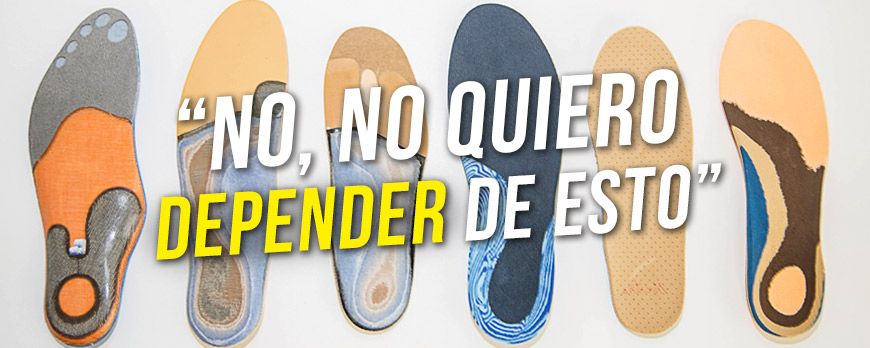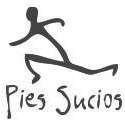No products
Prices are Management included

Between foot pain and an insole
Pain in the sole of your foot is very frustrating. It makes you have not a normal life.
It happens to Rosa and she talks about her problem. This is how the conversation begins:
'Forgive me for coming to you.
But since spring I have been suffering from pain in the toe area of my left foot, what they call metatarsals.
I've been to my family doctor, he took an X-ray and referred me to the orthopaedic surgeon.
But the appointment is for several months and, in the meantime, the pain continues and is getting worse.
During the summer the pain lessened.
I wore sandals which, although not barefoot sandals, were wide.
The pain went away and I was able to walk without discomfort.
Until autumn came, when I went back to narrow and closed shoes, and the pains returned.'
Rosa, angry with herself for wearing narrow, high-heeled shoes again, threw away all her 'foot-abusing' shoes and bought a barefoot shoes.
She says the pain got better, but it didn't go away completely.
Her foot was inflamed and not knowing what to do, she visited a podiatrist.
The diagnosis was metatarsalgia due to his feet having a lot of bridge. And he recommended using insoles in cushioned shoes to support the arch of the foot.
But Rosa doesn't like the insole for two reasons.
On the one hand, the podiatrist tells her that she does not have a good distribution of pressure, and yet he recommends cushioned shoes that are usually narrow and have a heel (or drop).
Both of these things do not favour pressure distribution, on the contrary, they increase the pressure on the painful area.
And on the other hand, it tells you that you have to use the insole in all the shoes you have, including heels. In other words: insoles for life.
Let's see.
An insole is not a definitive solution. It can be a patch, a band-aid for a specific problem.
Like a girdle to support the lower back.
But if it is abused it causes other problems.
The solution for Rosa is not to put on things, but to take off.
To work conscientiously on the foot and everything that supports it. And for that the foot must be able to move, expand and feel.
To give the foot space and flexibility.
The insole seeks the opposite.
Although Rosa explained to the podiatrist that she had improved in summer by wearing wide sandals and in autumn by wearing barefoot shoes, the podiatrist still recommended insoles.
And that is what Rosa does not see. She doesn't want to be tied to insoles for life.
And she doesn't think it's the solution either.
She had already experienced the solution for herself.
In summer when she wore wide sandals.
And in autumn with barefoot shoes.
And that is what I recommend to her.
Barefoot at home (if it's cold, wear a pair of Falke socks) and wear minimalist, barefoot, healthy or whatever you want to call them on the street.
But not just any shoes will do:
They must not have a heel, so as not to interfere with the distribution of pressure.
They must be wide at the front. As wide or wider than the width of your foot.
It must be flexible, so that the foot can move and the plantar arch becomes less rigid.
And in your case, since you have a swollen toe area, it should have a thicker sole.
Like Lems shoes, which I always recommend for metatarsalgias and discomfort in the toe area.
There are so many colours and shapes that you can't possibly like any of them.
Health starts with your feet.
- Antonio Caballo -
Pd. The topic of insoles is not new, I have already spoken several times:
Dejar un ComentarioDejar una respuesta
Blog categories
- Running Technique
- Shoes Review
- Scientific studies
- Nike and minimalist shoes
- Morton neuroma
- Bunions
- Podiatrists' opinion on...
- Claw toes, crowded toes,...
- Flat feet
- Runner's injuries, runner's...
- Sprained feet, ankle sprains
- Footwear for wide feet or...
- Heel and back pain
- Children's feet and...
- Circulation and bone...
- Knee pain, osteoarthritis,...
- Plantar fasciitis
Últimos Comentarios
Antonio Caballo
Feet that are not feet and that's why they hurtCristina Schmitt
Feet that are not feet and that's why they hurtAntonio Caballo
Is Barefoot expensive? you will see that Yes


































